#vincent patar
Text
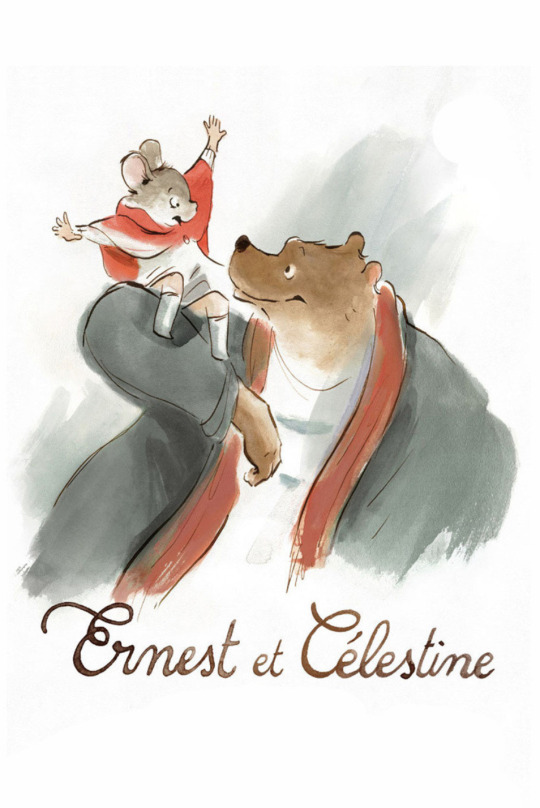
#movies#polls#ernest & celestine#ernest and celestine#2010s movies#stéphane aubier#vincent patar#benjamin renner#les armateurs#maybe movies#melusine productions#requested#have you seen this movie poll
147 notes
·
View notes
Text
Best animated movie!
Choose your favorite movie:

VS

Vote on the other polls of Round 2
#Spider-Man: Into the Spider-Verse#Ernest & Celestine#Rodney Rothman#Peter Ramsey#Bob Persichetti#Studios Columbia Pictures#Sony Pictures Animation#Ernest et Célestine#Stéphane Aubier#Vincent Patar#Melusine Productions#polls#my polls#best animated movie#animation#animated movies#y
14 notes
·
View notes
Text
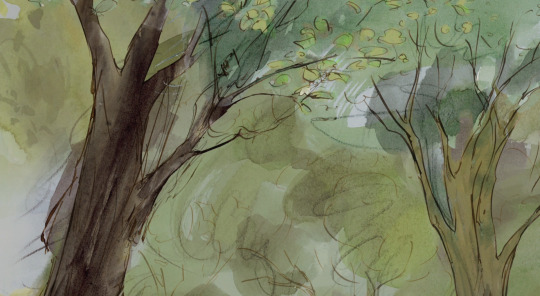
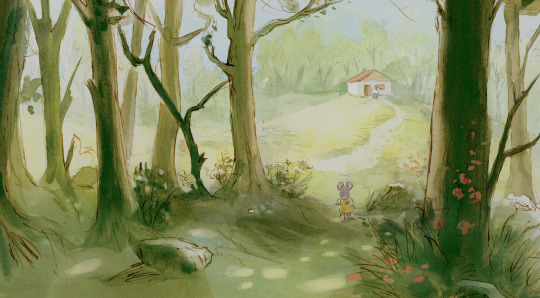
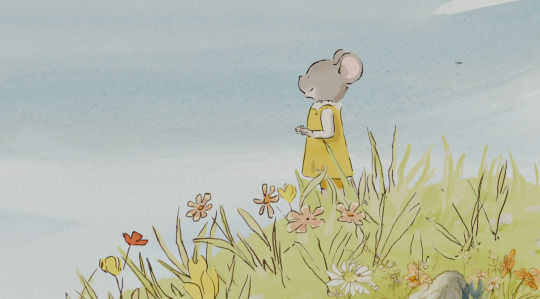
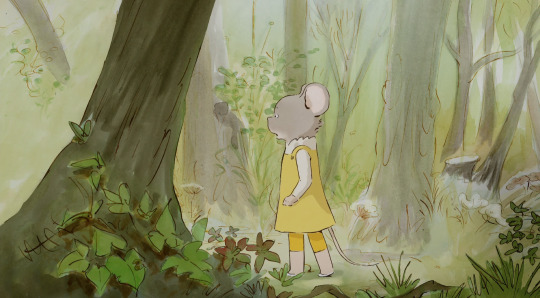
Ernest et Célestine (2012) dir. Stéphane Aubier, Vincent Patar, Benjamin Renner
31 notes
·
View notes
Link
0 notes
Photo


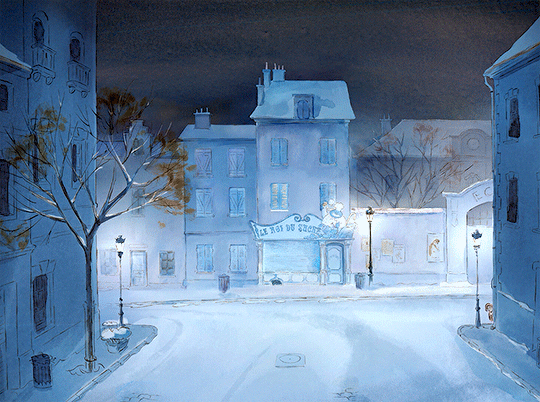
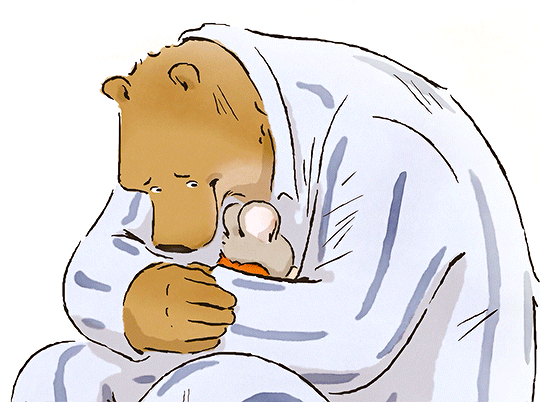



ERNEST & CELESTINE (2012) dir. Stéphane Aubier, Vincent Patar, Benjamin Renner

#*#gifs#animationedit#studiocanal#ernest and celestine#filmedit#userrobin#userstream#userlera#by kumi
945 notes
·
View notes
Photo
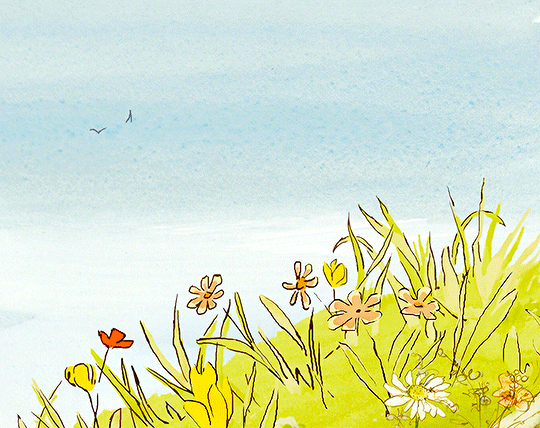


ERNEST & CELESTINE (2012) dir. Stéphane Aubier, Vincent Patar, Benjamin Renner
#SORRY FOR BEING IN TEARS!!!#ernest and celestine#animationedit#filmedit#kumi gifs*#filmgifs#userstream#userteri#userrobin
580 notes
·
View notes
Photo



ERNEST & CELESTINE (2012) dir. Stéphane Aubier, Vincent Patar, Benjamin Renner
#animationedit#gif#gifs#animated s/f#kumi#ernest and celestine#filmedit#userteri#userstream#filmgifs#userlera#userrobin#*
348 notes
·
View notes
Text
A List of Stop-Motion Feature-Length Films You Probably Haven't Tried.
If you’re anything like me, stop-motion animation is something that you’re sick of hearing about, because it’s always the same fucking recommendations. I took the time to browse over Wikipedia’s “List of stop-motion films” and do what I could to create a list of stop-motion feature-length films that might be worth a watch and that you haven’t constantly heard animation brats cream themselves over. Obviously, this list is not perfect, it’s mostly based off of the films I was able to find generally high reviews for on Letterboxd, but this list will contain nothing from Aardman, nothing from Laika, nothing from Wes Anderson, Tim Burton, or Henry Selick, but will contain at least a handful of things you haven't heard constant chatter about. These films are also fully stop-motion, so nothing from Ray Harryhausen or Jan Švankmajer either. Oh, and no shorts or television, obviously.
I will go ahead and put the following eight as films that aren't as frequently referenced in "best stop-motion films of all time" articles, but will find their ways into conversations about stop-motion without much difficulty;
René Laloux's "Fantastic Planet" (1973)
Will Vinton's "The Adventures of Mark Twain" (1985)
Adam Elliot's "Mary and Max" (2009)
Charlie Kaufman & Duke Johnson "Anomalisa" (2015)
Claude Barras's "My Life as a Zucchini" (2016) [French]
Phil Tippett's "Mad God" (2021)
Dean Fleischer Camp's "Marcel the Shell with Shoes On" (2021)
Guillermo del Toro's "Pinocchio" (2022)
If you haven't seen those eight, I'd take care of that first. Now, we hit other stuff.
Lotte Reiniger's "The Adventures of Prince Achmed" (1926) [German]
Wladyslaw Starewicz & Irene Starewicz "The Tale of the Fox" (1937) [French]
Ivo Caprino's "The Pinchcliffe Grand Prix" (1975) [Norwegian]
Piotr Kamler's "Chronopolis" (1982) [French]
Chris Taylor & Mark Hall's "The Wind in the Willows" (1983)
Dave Borthwick's "The Secret Adventures of Tom Thumb" (1993)
Stanislav M. Sokolov & Derek W. Hayes's "The Miracle Maker" (2000)
Christiane Cegavske's "Blood Tea and Red String" (2006)
Jan Balej's "One Night in One City" (2007) [Czech]
Stéphane Aubier & Vincent Patar's "A Town Called Panic" (2009) [French]
Fernando Cortizo's "The Apostle" (2012) [Spanish]
Chris Sullivan's "Consuming Spirits" (2012)
Paul Cowan & Amer Shomali "The Wanted 18" (2014)
Jan Balej's "Little from the Fish Shop" (2015) [Czech]
Takahide Hori's "Junk Head" (2017) [Japanese]
Michael Mort's "Chuck Steel: Night of the Trampires" (2018)
Cristóbal León & Joaquín Cociña's "The Wolf House" (2018) [Spanish]
Paloma Baeza Niki, Lindroth von Bahr, Emma De Swaef, & Marc James Roels's "The House" (2022)
That's what I've got for the time being. If you can recommend a feature-length, majority stop-motion film that's not Aardman, Laika, Wes, Burton, or Selick, I'd be more than happy to look it over and see about adding it to the list. Enjoy.
57 notes
·
View notes
Text
April 2024 (1/2)



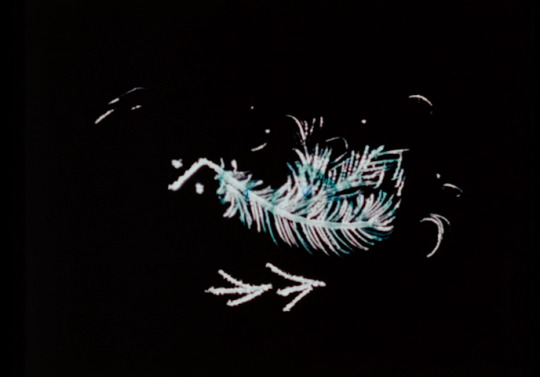

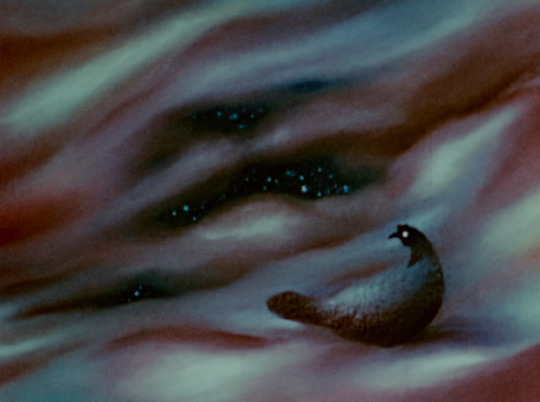
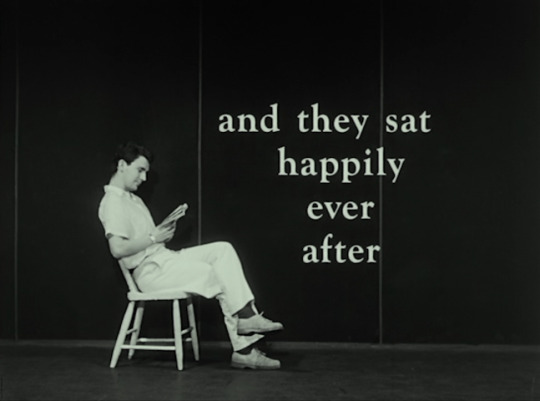

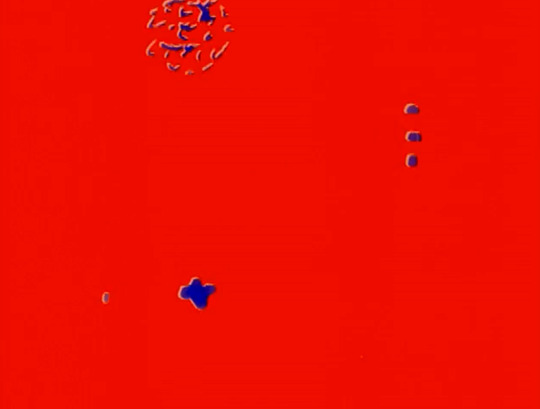
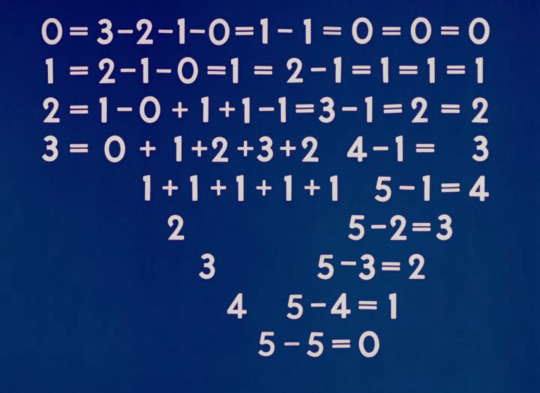

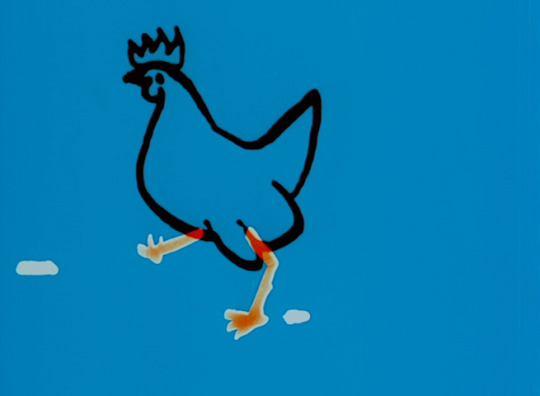
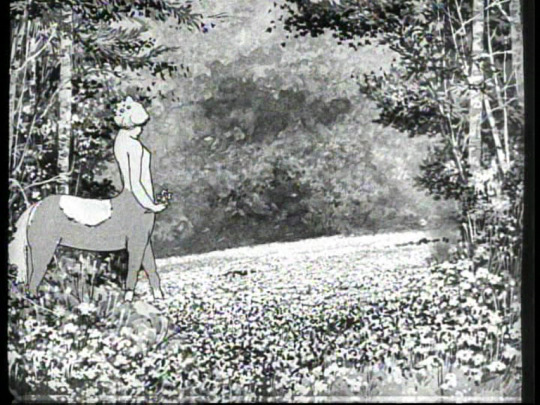


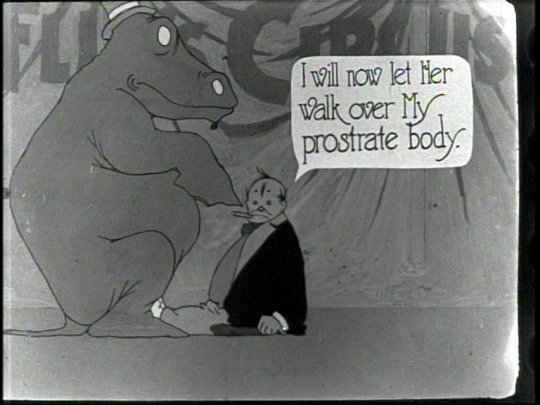

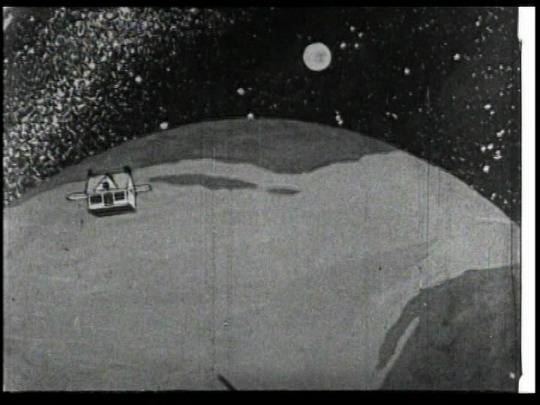
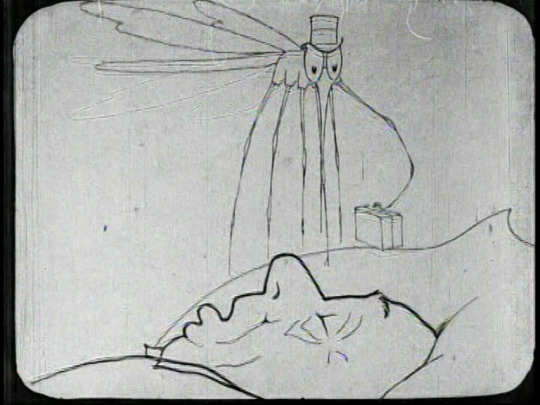

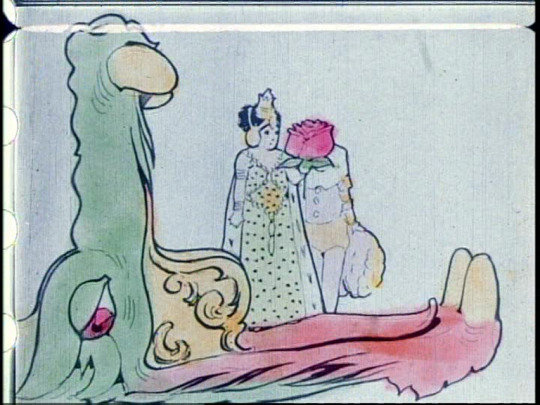

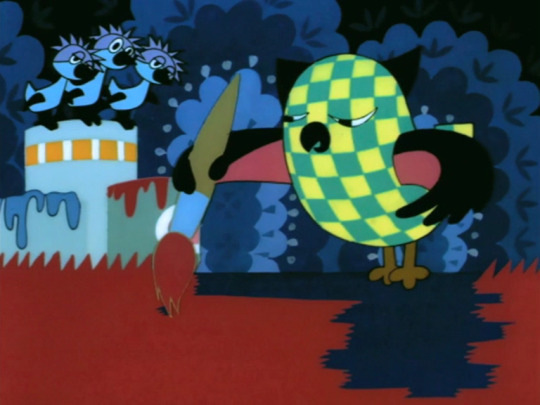
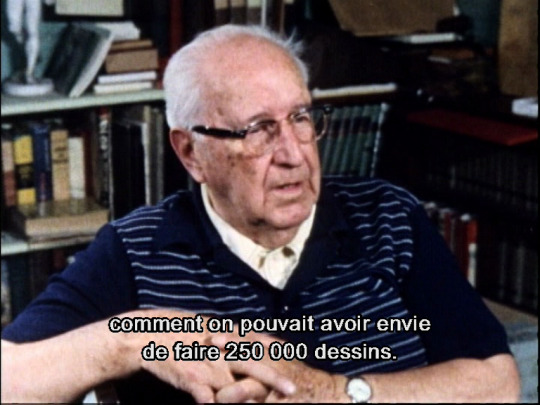
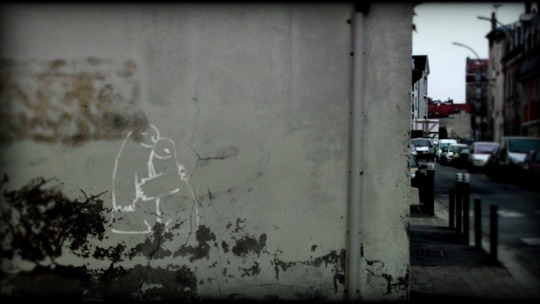

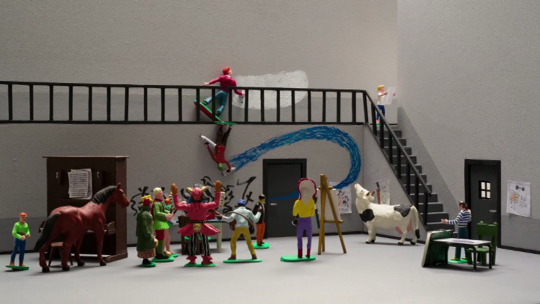


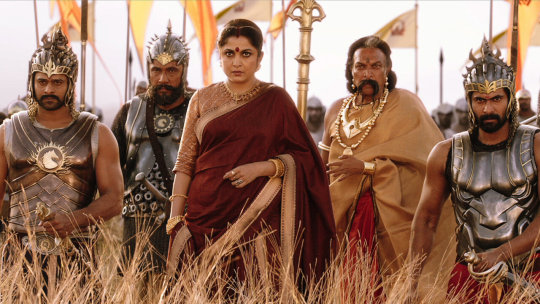
Blackbird - Norman McLaren (1958), Canon - Grant Munro & Norman McLaren (1964), Mosaic - Evelyn Lambart & Norman McLaren (1965), Blinkity Blank - Norman McLaren (1955), Neighbours - Norman McLaren (1952), La poulette grise - Norman McLaren (1947), A Chairy Tale - Claude Jutra, Norman McLaren (1957), Begone Dull Care - Evelyn Lambart & Norman McLaren (1949), Dots - Norman McLaren (1940), Rythmetic - Evelyn Lambart & Norman McLaren (1956), Opening Speech - Norman McLaren (1961), Hen Hop - Norman McLaren (1942), The Centaurs - Winsor McCay (1921), Dreams of the Rarebit Fiend: Bug Vaudeville - Winsor McCay (1921), Flip’s Circus - Winsor McCay (1921), Gertie on Tour - Winsor McCay (1921), Dreams of the Rarebit Fiend: The Flying House - Winsor McCay (1921), Dreams of the Rarebit Fiend: The Pet - Winsor McCay (1921), How a Mosquito Operates - Winsor McCay (1912), Gertie the Dinosaur - Winsor McCay (1914), Little Nemo - Winsor McCay & J. Stuart Blackton (1911), The Sinking of the Lusitania - Winsor McCay (1918), The Little Mole as a Painter - Zdeněk Miler (1972), Remembering Winsor McCay - John Canemaker (1976), So Long - Joanna Lurie (2012), The Table - Eugène Boitsov (2016), Grey Noise - Stéphane Aubier & Vincent Patar (2016), Two Snails Set Off - Jean-Pierre Jeunet & Romain Segaud (2016), Bāhubali: The Beginning - S. S. Rajamouli (2015), Bāhubali 2: The Conclusion - S. S. Rajamouli (2017)
#things i've (re)watched this month#2024#warning if you are interested in Winstor McCay Little Nemo contains a very racist portrayal of a character#every McLaren movie contains flashing images
2 notes
·
View notes
Text

Ernest & Celestine: A Trip to Gibberitia (2022, France)
Before the late 2000s and early 2010s in the United States, the possibility of finding mostly hand-drawn animated features from outside the major American studios and select anime works was a remote one if you did not live near a major city. Chipping away at that reality is New York City-based GKIDS, a distributor dedicating itself to introducing independent animation, “for both adult and family audiences.” Without GKIDS, Ireland’s Cartoon Saloon (2009’s The Secret of Kells, 2020’s Wolfwalkers) does not have the international reputation that it now has. GKIDS’ dedication to playing both dubbed and subbed versions of movies (before handing over theatrical distribution rights of Studio Ghibli movies to GKIDS, Walt Disney Studios only offered English dubs for theatrical releases) has shown its respect for its audiences.
When I saw Ernest and Celestine (2012, France/Belgium) in a theater in March 2014, it was the first GKIDS release I saw that was staunchly a children’s movie. What I saw that day was eye-opening. Here, like the animated movies that colored my younger days, was a work that could easily appeal to kids. But had similar, if not equal, appeal to adults. Call me a provincial and ethnocentric American all you will, but I realized then that non-English and non-Japanese-language animation is not always “more sophisticated” than what my friends and I mostly watched. It remains, to me, one of the best animated features of this young century. My thanks to GKIDS for all that they provide to American audiences willing to branch out beyond what is most readily available.
A decade and a CGI animated television series later, a new film based on the duo created by the late author-illustrator Gabrielle Vincent arrives. Based on an original story, Ernest & Celestine: A Trip to Gibberitia (in French: Ernest et Célestine: Le Voyage en Charabïe) retains the spirit of the loving friendship between bear and mouse – both perpetual outsiders. This hand-drawn sequel’s directors are Julien Chheng (animator on the original movie, producer of Primal, and director of “The Spy Dancer” from Star Wars: Visions) and Jean-Christophe Roger (a director on the TV series). There was no involvement from the original movie’s directors – I’m unsure what Stéphane Aubier and Vincent Patar (2009’s A Town Called Panic) are up to; Benjamin Renner is now working at Illumination. With some modifications that resemble more of the television series than the original film, Ernest & Celestine: A Trip to Gibberitia is another comedic delight, with pointed statements to make about the absurdity of government censorship. It does not exactly recapture the aesthetic pleasures nor the succinct writing of the first movie, but it still compares favorably than almost anything released in English-language animation this year.
Ernest and Celestine (Lambert Wilson and Pauline Brunner, both returning to the roles), defying societal expectations and a biased legal system in the first film, are still living together. Celestine draws and paints. Ernest, who has just awoken from hibernation, busks on his Stradibearius violin and bandoneon (it’s not an accordion). One day, Celestine accidentally breaks the neck of Ernest’s violin – Celestine is repentant, Ernest distraught but not angry. The only one who can fix the violin is the original craftsman, Octavius (Jean-Marc Pannetier). He lives in Ernest’s all-bear homeland of Gibberitia (Charabïe*), and Celestine believes that they should travel there immediately. A resistant Ernest opposes the plan, but has no choice to follow Celestine when she takes the violin and sets off to Gibberitia on her own. In the first film, Ernest mentions his estranged relationship with his family was due to the fact that he became a musician rather than go into law. In this sequel, Celestine learns the exact details of that conflict, and Ernest witnesses the changes in his family (his parents and especially his younger sister) and Gibberitian society that have transpired due to his decision.
Without spoiling too much, Gibberitia has outlawed all musical notes except for one (a C, or referring to solfège, “Do”). How are the average Gibberitian bears coping? All you have to do is look at the national slogan: “That’s just how it is.”‡ Meanwhile, a mysterious saxophonist vigilante named EFG (“Mifasol”, again referring to solfège) playing multiple-note music is giving the Gibberitian police a headache.
Screenwriters Guillaume Mautalent and Sébastien Oursel (the French-Irish animated TV series Glactick Football) present an endearing screenplay that captures the platonic love between bear and mouse. This happens in spite of a messy final act, headlined by a head-scratching decision from Ernest to acquiesce to his father’s demands just before the climax (the result of what the directors Chheng and Roger admit were significant changes to the story in order to accommodate a film where music helps to drive the narrative). The friendship that Ernest and Celestine built in the first film has grown in the time between the two films, and it is reassuring to see that they remain so close. One sees it in their reactions when Celestine breaks his violin, Ernest’s attempts to make sure Celestine is safe, her disgust when she hears about his parents’ expectations, and quieter moments where little else is happening. Simple as their friendship may seem, their relationship has deepened over time, through their distinct but complementary personalities and mutually weathered conflicts. Certainly, Ernest can be a bit of a grump and Celestine has an impulsive streak. But the two accept each other for who they are in that moment, and cannot stand the sight of others treating their friend without compassion. There is much for children to learn here and in the previous film, as well as adults.
That ability to tell a story appealing (in different ways) to both younger and older audiences is even apparent in the drama that exists alongside Ernest and Celestine’s relationship. Gibberitia’s decision to outlaw all but one musical note provides the bulk of this sequel’s comedy and dramatic intrigue. Children will get a kick out of the situation's silliness, as even Gibberitia’s songbirds find themselves on the receiving end of the police’s high-pressure hoses. How much laughter can one elicit from playing a piece, with a straight face, that has only one note? More than you think. Adults will quickly notice the surprisingly sharp critique towards government officials looking to censor works of art. Artists are incarcerated without trial for playing anything other than a C. That the reasons behind the decision are hilariously shallow (rather than, to take a real-life scenario, an intent to further marginalize marginalized groups) makes the movie’s messaging that much more effective for all audiences.
Ernest and Celestine’s conversations with the local constabulary are alarmingly fruitless, usually ending with the authority saying something alone the lines of: “because I said so” or the oft-quoted “that’s just how it is.” If Gibberitia’s kritarchy is outlawing all but one note, what else are they up to? Co-directors Chheng and Roger and co-writers Mautalent and Oursel, to ensure the film’s appeal to children, will not say and steadfastly stick to the ban on all but one musical note. In a show of respect to viewers of all ages, they color the film’s protagonists and their allies with both irreverence and a bold refusal to honor the status quo. It befits Ernest and Celestine (the pair and the prior film): two social outcasts who found friendship through art, who stuck together in the face of mutual xenophobia by their fellow bears and mice (a similar allegory that 2016’s Zootopia bungled). When individuals are allowed to be what they want, when musicians can play whichever notes they wish, does that not make our world – humans and sassy talking animals alike – richer and more beautiful?
Where the preceding television series Ernest and Celestine, the Collection was animated with computers, Chheng and Roger decided to return to hand-drawn animation for Ernest & Celestine: A Trip to Gibberitia. Says Roger in his non-native English:
There is a kind of emotion very, very specific to the drawing. It doesn't really work when it's CG. So we wanted to keep that kind of emotion, or very artistic part, as a part of the film itself. So that's why we came back to the animation, and we work in a specific way to give freedom to animators to express the feeling of the character just by their drawing and animation.
What I think Roger is attempting to say here is that, with a hand-drawn film, character expressions lead into the audiences’ emotional intuition better than computer-generated animation. There exists an expectation, implicit or not, that CGI animation should be “more realistic” than anything hand-drawn. This expectation does not exist with hand-drawn animation, and the rawness and immediacy of the craft lends to greater emotional engagement and work from the viewer. Chheng also added in that same interview that he did not want a “heavily rendered” work, and thought it appropriate to give their animators as much artistic freedom as possible while being respectful to the original illustrations by Gabrielle Vincent. The visible brushstrokes and various pencil scribbles call attention to the animators’ handiwork, and are a homage to those original Gabrielle Vincent illustrations.
Chheng and Roger make some changes in style from the first film. The watercolor style remains, but the white voids and intentionally incomplete exterior backgrounds are gone, with more detail packed into the frame for this sequel. Foregrounds, too are more detailed than before. These changes are probably due to the new setting of Gibberitia: a mishmash of Russian, Ukrainian, Moldovan, and Central Asian influences (Roger was particularly influenced by a trip he made through northern Pakistan into China). Gibberitia is eye-popping, a visual delight, and a more captivating animated production design than in the preceding movie.
youtube
Moreso than the preceding movie, the score drives much of the narrative. Vincent Courtois returns to compose another Ernest & Celestine film, and this is a more memorable outing than the first go. Courtois builds his score around two major themes – one that represents Gibberitia and another signifying the Musical Resistance (and a theme that often is heard from EFG’s saxophone). The best integration of both themes comes in “Appel à la resistance” – a zany combination of swinging saxophone and bandoneon. The Gibberitia theme, often heard with bandoneon and winds (and what may be ethnically appropriate strings), reflects the vaguely Eastern European or Central Asian setting of Ernest’s homeland. The chord progressions of the idea resemble Eastern European folk music (“Korobeiniki”, better known as the Tetris theme, perhaps the most popular). The eleven-note Musical Resistance motif (begins at 0:09 in previous link), is integrated throughout the score, slowly revealing itself and becoming more apparent as Ernest and Celestine learn more about the musical freedom fighters banding together to oppose Gibberitia’s nonsensical musical policy.
Courtois composed the score before any writing was complete. This is contrast to what usually happens in any and all filmmaking, where the score is usually one of the last things to complete. From there, Chheng and Roger crafted their film and set the action sequences to the rhythm and contours of Courtois’ music. Music drives the way in more ways than one in Ernest and Celestine: A Trip to Gibberitia, making the film not just a fun watch, but a wonderful listen (and that includes the end credits song “Qu-est-ce qu’on fait de l’amour?”, composed by Courtois and performed by Pomme).
Ernest and Celestine: A Trip to Gibberitia may not as accomplished as the first film, but this is a charming continuation of what came before. A decade separates the two Ernest and Celestine films. One hopes a third will not be so far away, but Chheng and Roger sound content to wait for the right reasons and story to come their way. Now undoubtedly each other’s best friend, Ernest and Celestine stake their claim as the premier odd couple of modern animated cinema. Celestine’s optimistic determination and Ernest’s streetwise know-how, together, help themselves and others. Free of cynicism, they continue to grow with each other, spreading the hallmarks of their unlikely friendship along the way.
My rating: 8/10
^ Based on my personal imdb rating. My interpretation of that ratings system can be found in the “Ratings system” page on my blog. Half-points are always rounded down.
* This review is based on the original French audio with English subtitles. "Charabïe" definitely does not sound like "Gibberitia", but the word is derived from "charabia", which is French for "gibberish". Ultimately, the decision for English title lies with the original studio(s), not non-domestic distributors like GKIDS.
‡ More accurately, the slogan is, "C'est comme ça et pas autrement." More literally, this means: "It's this way and only this way."
Also in this series: Ernest and Celestine (2012, France/Belgium)
#Ernest and Celestine#Ernest and Celestine: A Trip to Gibberitia#Ernest et Célestine: Le Voyage en Charabie#Julien Chheng#Jean-Christophe Roger#Gabrielle Vincent#Guillaume Mautalent#Sébastien Oursel#Lambert Wilson#Pauline Brunner#Vincent Courtois#Pomme#GKIDS#My Movie Odyssey#Youtube
9 notes
·
View notes
Photo
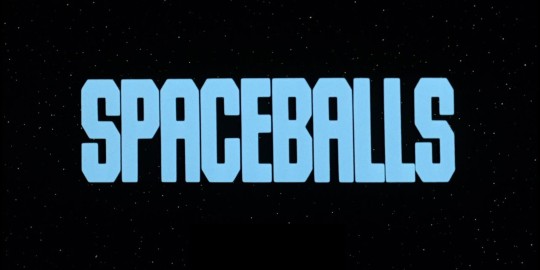
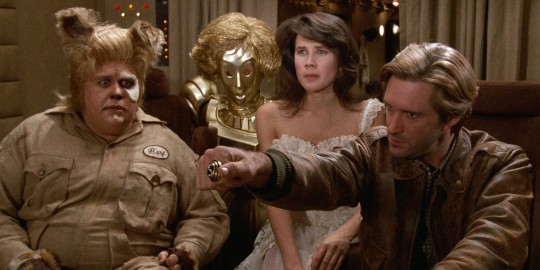
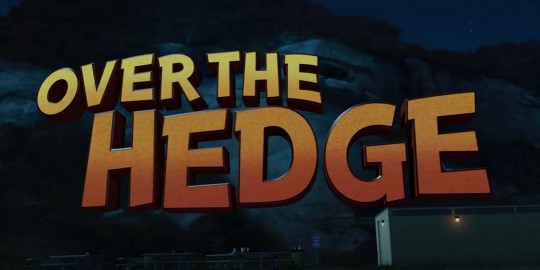
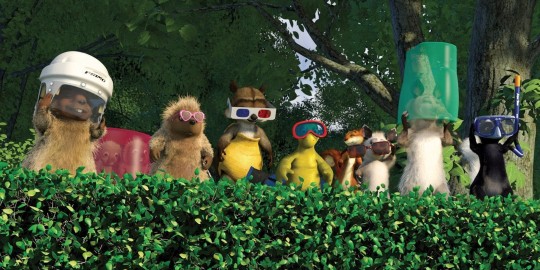

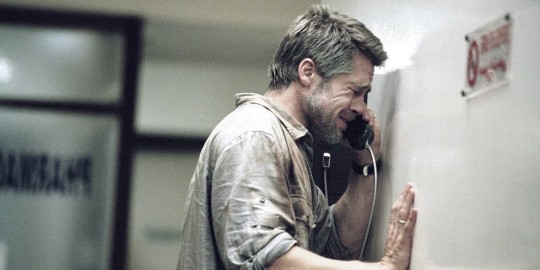
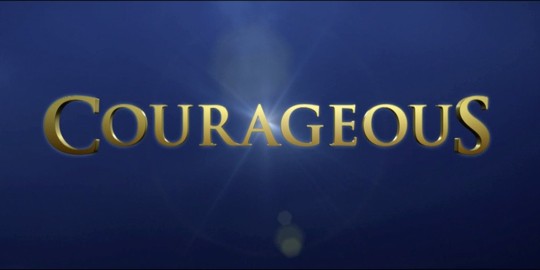
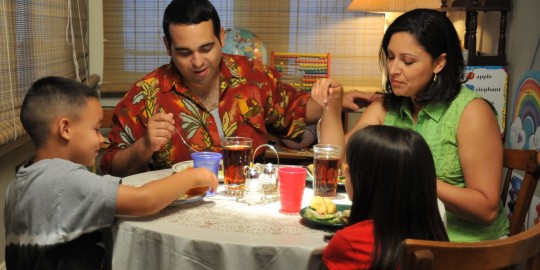
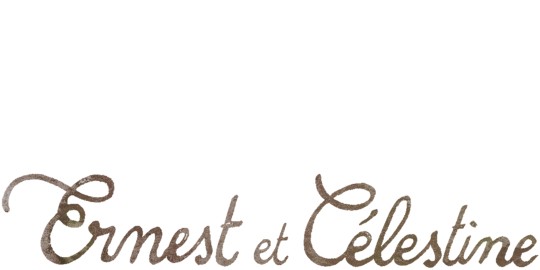
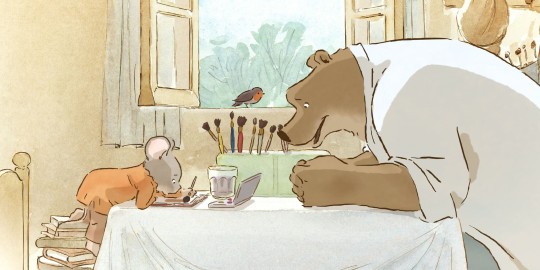
TPS’S 25 ADDITIONAL FAVORITE MOVIES OF ALL TIME (2022 Edition)
Spaceballs
Director: Mel Brooks
Cast: Mel Brooks, John Candy, Rick Moranis, Bill Pullman, Daphne Zuniga, Dick Van Patten, George Wyner, Joan Rivers
Best Moment: The Dark Helmet fourth-wall break
Over the Hedge
Director: Tim Johnson, Karey Kirkpatrick
Cast: Bruce Willis, Garry Shandling, Steve Carell, William Shatner, Wanda Sykes, Nick Nolte, Thomas Haden Church, Allison Janney, Eugene Levy, Catherine O'Hara, Avril Lavigne, Omid Djalili
Best Moment: House heist
Babel
Director:
Cast: Brad Pitt, Cate Blanchett, Mohamed Akhzam, Adriana Barraza, Gael García Bernal, Elle Fanning, Nathan Gamble, Clifton Collins, Jr., Michael Peña, Rinko Kikuchi, Kōji Yakusho
Best Moment: Chase in the border
Courageous
Director: Alex Kendrick
Cast: Alex Kendrick, Ken Bevel, Kevin Downes, Ben Davies, Renee Jewell, Elanor Brown, Taylor Hutcherson, Robert Amaya, Rusty Martin
Best Moment: Javier’s test of honesty
Ernest & Celestine
Director: Stéphane Aubier, Vincent Patar, Benjamin Renner
Cast: Lambert Wilson, Forest Whitaker, Pauline Brunner, Mackenzie Foy, Lauren Bacall, Paul Giamatti, William H. Macy, Megan Mullally, Nick Offerman, Jeffrey Wright, David Boat
Best Moment: Escape to Ernest's cabin
#favorite movies#spaceballs#mel brooks#bill pullman#over the hedge#karey kirkpatrick#dreamworks#alejandro gonzález iñárritu#brad pitt#courageous#alex kendrick#ernest & celestine#forrest whitaker#mackenzie foy
9 notes
·
View notes
Text
REVIEW: Ernest & Celestine (2012)
A Film Directed by Stéphane Aubier, Vincent Patar, and Benjamin Renner.
I was a bit under the weather today, and in deciding that I needed to do something more productive than sleep, I ended up watching some movies while I rested. I actually had tickets to see the sequel to the topic of this review in theaters, but since I was no longer planning to go out and had not seen the first Ernest &…

View On WordPress
0 notes
Text
Best animated movie!
Choose your favorite movie: The heart-warming story about an unlikely friendship that overcomes prejudice, or the struggles of orphan Felicity in her quest to become a ballerina.
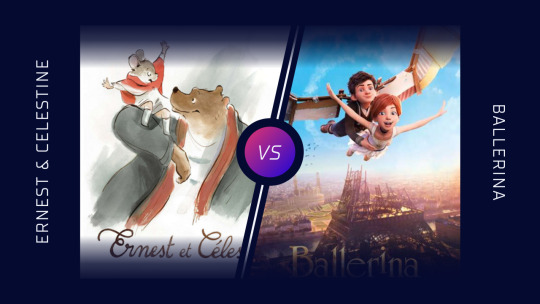
Vote on the other polls of Round 1
#Ernest & Celestine#Ballerina#Ernest et Célestine#Stéphane Aubier#Vincent Patar#Melusine Productions#Eric Summer#Éric Warin#polls#my polls#best animated movie#animation#animated movies#y
13 notes
·
View notes
Text
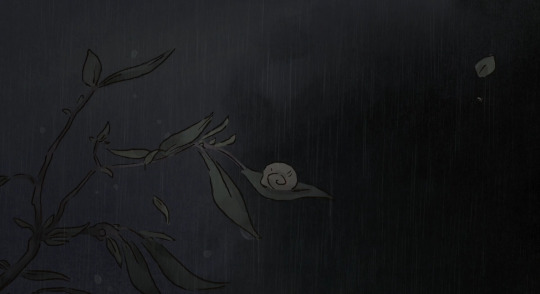
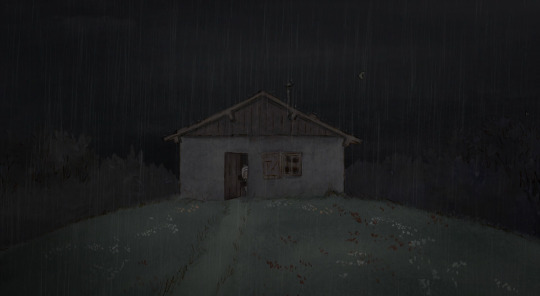
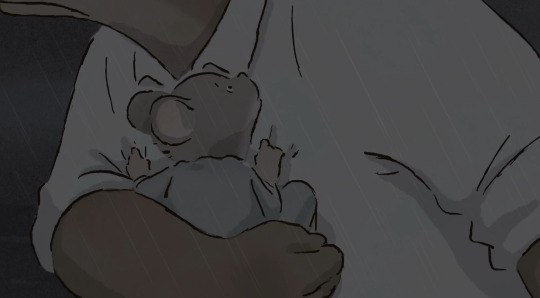

Ernest et Célestine (2012) dir. Stéphane Aubier, Vincent Patar, Benjamin Renner
37 notes
·
View notes
Text
90 Movies in 90 Days: Ernest & Celestine
I’m kicking off 2023 by trying to watch and review one movie every day for the first 90 days, all of which will be 90 minutes or less.
Title: Ernest & Celestine
Release Date: 12 December 2012
Director: Stéphane Aubier, Vincent Patar, & Benjamin Renner
Production Company: La Parti Productions | Les Armateurs | Melusine Productions
Summary/Review:
This charming animated movie is set in a universe…
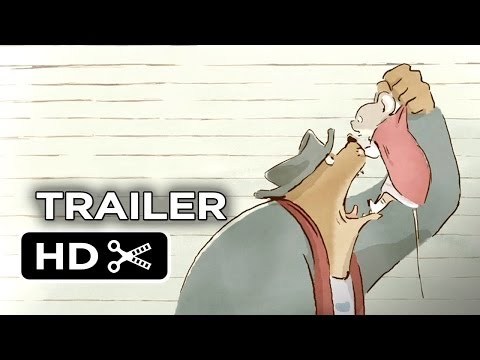
View On WordPress
#90 Movies in 90 Days#Adventure#Animation#Bears#Belgium#Comedy#Drama#Family#Mice#Movie Reviews#Movies
0 notes
Photo

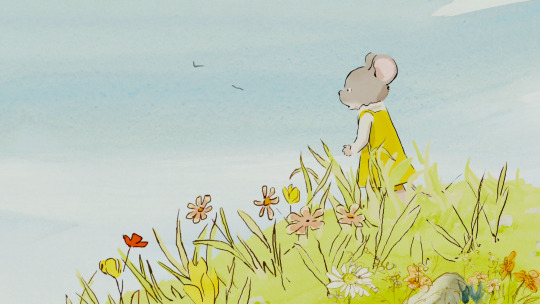
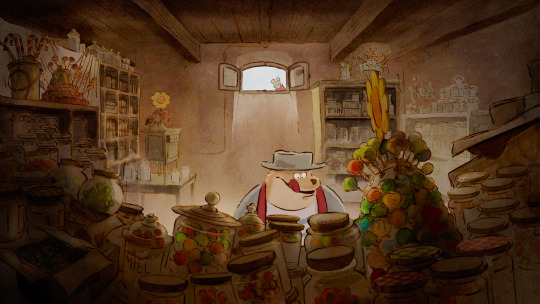

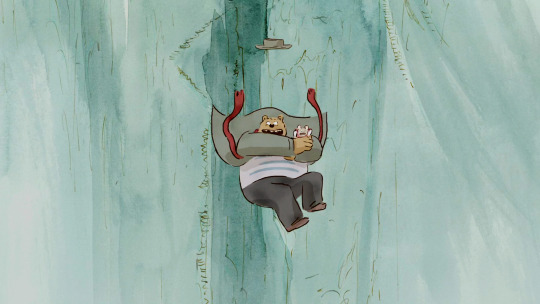
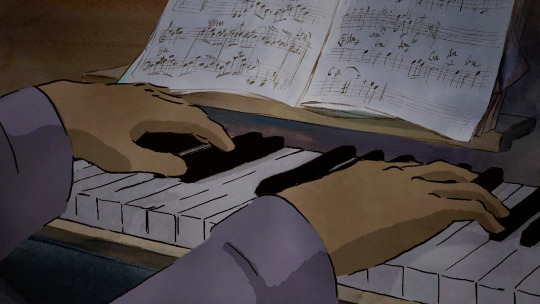
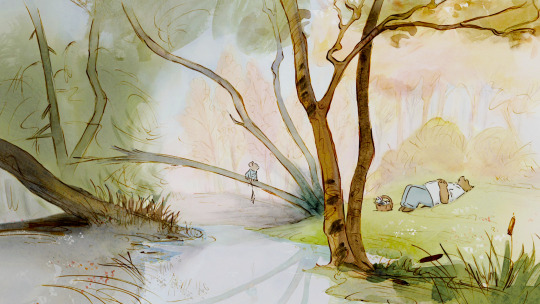
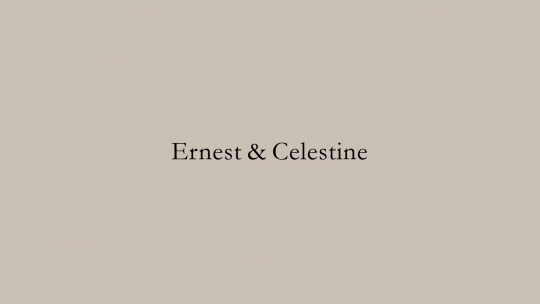
339 notes
·
View notes